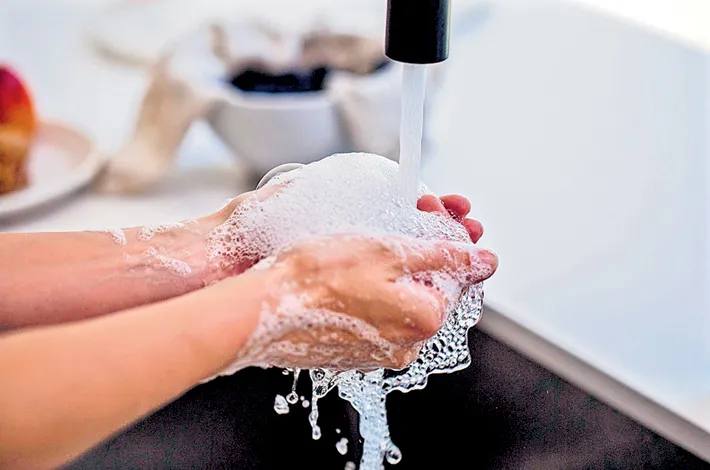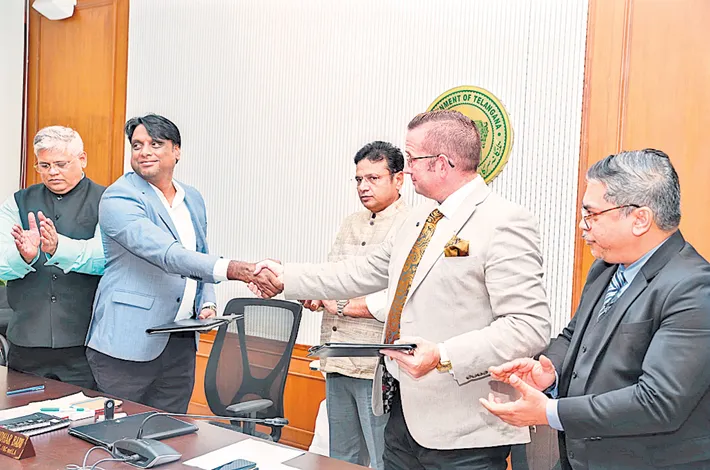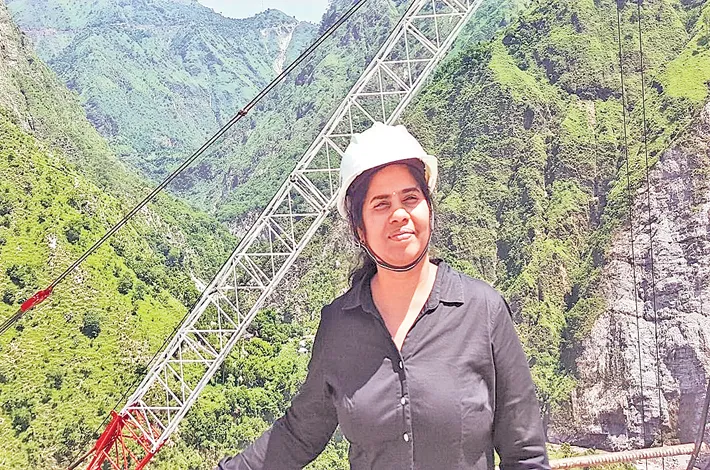Science in Everyday Life: Practical Applications
08-06-2025 12:00:00 AM

Health and hygiene rely on biology. Washing hands with soap disrupts the lipid membranes of bacteria and viruses, reducing infection risk.
Science isn’t confined to labs or textbooks; it’s woven into the fabric of daily life, quietly shaping our routines. From cooking breakfast to managing energy bills, scientific principles underpin countless activities. Understanding and applying these principles can enhance efficiency, save money, and spark curiosity. Here’s how science impacts and improves day-to-day living.
In the kitchen, chemistry is at play. When you boil an egg, denaturation of proteins transforms the liquid white and yolk into a solid. Knowing this, you can time your boil precisely (about 10 minutes for a hard-boiled egg at sea level) or adjust for altitude, where lower air pressure means water boils at a lower temperature, requiring a minute or two extra. Baking involves leavening agents like baking soda, which releases carbon dioxide when mixed with an acid (like buttermilk), making cakes rise. Understanding this reaction helps you tweak recipes, like substituting yogurt for buttermilk, ensuring fluffy pancakes every time.
Physics governs household energy use. When choosing light bulbs, knowing the difference between watts (energy consumption) and lumens (brightness) helps you pick energy-efficient LEDs over incandescent bulbs, saving on electricity bills. For instance, a 10-watt LED produces about 800 lumens, equivalent to a 60-watt incandescent, cutting energy use by 80%. Thermodynamics explains why sealing drafts in windows keeps your home warmer in winter—heat transfer principles show that insulation reduces convection losses, maintaining indoor temperatures.
Health and hygiene rely on biology. Washing hands with soap disrupts the lipid membranes of bacteria and viruses, reducing infection risk. This knowledge reinforces the habit of washing for at least 20 seconds, as recommended by health experts. Probiotics in yogurt promote gut health by balancing microbial flora, a fact grounded in microbiology that encourages including fermented foods in diets. When you choose sunscreen, understanding UV radiation’s role in skin damage prompts selecting broad-spectrum SPF 30 or higher, protecting against both UVA and UVB rays.
Gardening enthusiasts apply botany daily. Photosynthesis dictates that plants need sunlight, water, and carbon dioxide. Knowing this, you position plants like tomatoes in sunny spots and water them consistently, avoiding overwatering that could lead to root rot (a fungal issue explained by mycology). Soil pH, a chemical property, affects nutrient uptake; testing and adjusting pH ensures vibrant blooms or healthy vegetables.
Technology, a product of applied science, simplifies life. GPS navigation, based on physics and satellite triangulation, helps you find the fastest route to work. Wi-Fi routers use electromagnetic waves, and understanding signal interference (e.g., from microwaves) prompts better router placement for stronger connections. Even smartphone batteries rely on lithium-ion chemistry, and knowing that frequent full discharges shorten battery life encourages partial charging between 20-80% for longevity.
Environmental science informs sustainable choices. Composting kitchen scraps leverages decomposition, reducing landfill waste while enriching soil. Recycling plastics involves understanding polymer types (e.g., PET vs. HDPE), ensuring proper sorting for efficient processing. Driving an electric car or using public transport lowers your carbon footprint, as combustion engines emit more CO2, a greenhouse gas contributing to climate change.
Science also sharpens critical thinking. When reading health claims, like “detox” supplements, biology knowledge reveals that the liver and kidneys naturally detoxify the body, making such products unnecessary. Evaluating weather forecasts involves meteorology—understanding high-pressure systems means clearer skies, helping you plan outdoor activities.
For kids, science makes learning fun. Explaining why bubbles form (surface tension and soap molecules) during bath time or why leaves change color (chlorophyll breakdown) sparks curiosity. Simple experiments, like mixing vinegar and baking soda to create CO2 “volcanoes,” teach chemical reactions interactively.
To integrate science daily, stay curious. Read labels, question claims, and experiment with small adjustments, like optimizing appliance use or trying a new recipe with scientific tweaks. Online resources, like science blogs or YouTube channels, break down concepts accessibly. Apps like PlantSnap identify plants, connecting you to botany instantly. Science isn’t just for experts—it’s a tool to make informed decisions, save resources, and appreciate the world’s workings, from the kitchen to the cosmos.








